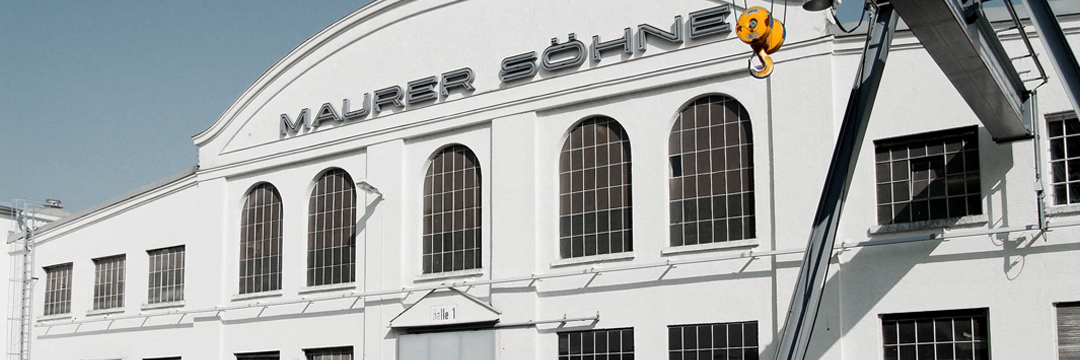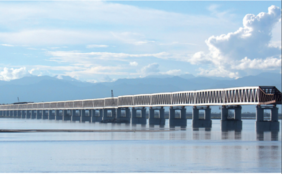
Spherical bearings from Munich for the 5km long Bogibeel Bridge in India

Munich, Bogibeel. In 2002, construction work for the largest combined railroad/road bridge in India started. The Bogibeel Bridge owes its name to a secluded village in the tri-border region of India, Myanmar, and China, where the Brahmaputra leaves the Himalaya. MAURER supplied 164 spherical bearings to be placed between the bridge deck and the piers. The bearing specialists from Munich were awarded the contract because they succeeded in designing bearings capable of transmitting the extreme structural loads of 2,800t, yet fitting into the confined space on the piers.
The Bogibeel order is the largest contract awarded so far for bearings to be installed in an Indian railroad bridge which is considered to be the second longest of its kind in Asia. The Brahmaputra is infamous for its mass of water and floods a five km wide region near Bogibeel in the monsoon season. The annual severe monsoon flooding also accounted for the long construction period. The bridge featuring a length of 4.94km consists of 41 single-span beams, 39 of which with a length of approx. 125m each. The railroad tracks are located at the bottom of the bridge, the two-lane road at the top.
Confined space
Below the bridge deck, four MSM® bearings rest on each of the 41 pier caps. The bearings per area are arranged in a “classic” way: one fixed bearing, one guidedsliding bearing in longitudinal direction, one guided-sliding bearing in transversal direction, and the fourth one free-sliding. Thus the spherical bearings transmit vertical loads and allow for rotations and movement while keeping the bridge deck in position. “The particular challenge was to dimension the bearings in such a manner that they fit onto the small pier caps,” explains Dipl.-Ing. Peter Günther, project manager at MAURER. “Space was limited both in terms of height and surface area, since the construction of the piers and the steel support structure was already too far advanced to create additional space when we received the order.” This is why there were controversial debates about the maximum permissible dimensions in the run-up of order placement. “The advantages we offered were the use of the MSM® sliding material and our know-how in the dimensioning of bearings”, reports Günther.







